-
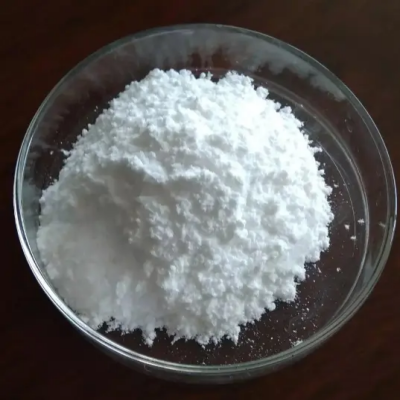
Bis(tri-tert-butylphosphine)palladium(0) CAS:53199-31-8
Bis(tri-tert-butylphosphine)palladium(0) is a coordination complex featuring palladium(0) as the central metal atom, coordinated with two tri-tert-butylphosphine ligands. It is notable for its significance in catalytic processes due to its unique structure and reactivity.
-
![Bis[(pentamethylcyclopentadienyl)dichloro-rhodium] CAS:12354-85-7](https://cdn.globalso.com/xindaobiotech/8KL7ECF1N3D5T4772B78122.png)
Bis[(pentamethylcyclopentadienyl)dichloro-rhodium] CAS:12354-85-7
Bis[(pentamethylcyclopentadienyl)dichloro-rhodium] is a notable organorhodium complex employed in various catalytic processes. With its unique structure, it exhibits distinct reactivity, making it valuable in organometallic chemistry and catalysis.
-
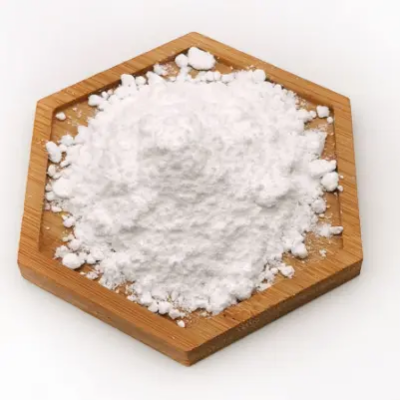
DICHLOROTRICARBONYLRUTHENIUM (II) DIMER CAS:22594-69-0
DICHLOROTRICARBONYLRUTHENIUM (II) DIMER is a coordination compound consisting of a dimeric structure with two ruthenium(II) centers, each coordinated to three carbonyl ligands and two chloride ions. This compound is recognized for its significance in coordination chemistry and its use as a precursor in the synthesis of various ruthenium-containing complexes. Its dimeric nature and carbonyl ligands impart stability and reactivity, making it a valuable intermediate in the preparation of organometallic compounds with diverse chemical and catalytic properties.
-
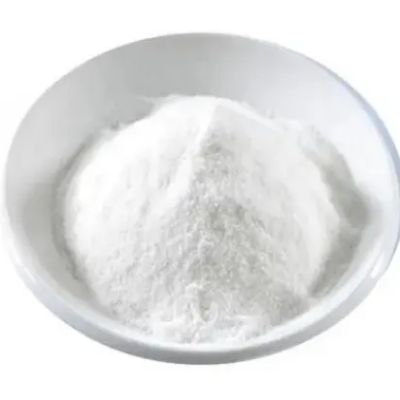
1,4-Bis(diphenylphosphino)butane-palladium(II) chloride CAS:29964-62-3
1,4-Bis(diphenylphosphino)butane-palladium(II) chloride is a coordination complex featuring palladium(II) as the central metal atom, coordinated with one 1,4-bis(diphenylphosphino)butane ligand and two chloride ligands. It is notable for its significance in catalytic processes due to its unique structure and reactivity.
-
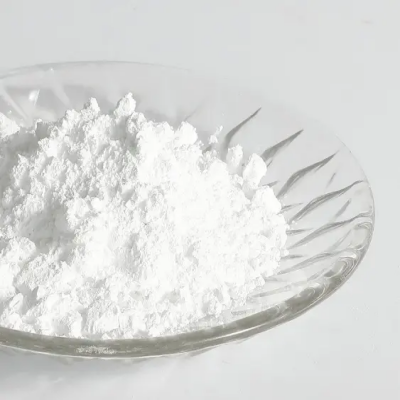
Palladium pivalate CAS:106224-36-6
Palladium pivalate is a coordination complex with the chemical formula Pd(Piv)2, where Piv represents the pivalate ligand. This palladium compound is commonly used as a catalyst in various organic reactions due to its ability to promote carbon-carbon and carbon-heteroatom bond formation efficiently. Its high stability and reactivity make it a valuable tool in synthetic chemistry, particularly in cross-coupling reactions such as Suzuki-Miyaura and Heck couplings. Palladium pivalate plays a crucial role in the construction of complex organic molecules with high selectivity and yield.
-

Palladium bromide CAS:13444-94-5
Palladium bromide is a chemical compound known for its use in various catalytic reactions, particularly in organic synthesis. Its composition, featuring palladium and bromine, lends it unique reactivity and catalytic properties, making it valuable in both academic research and industrial applications.
-
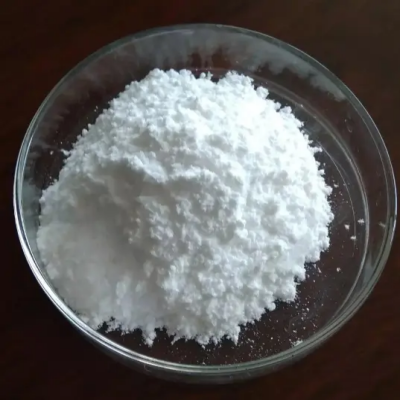
DIRHODIUM (II) TETRAKIS(CAPROLACTAM) CAS:138984-26-6
DIRHODIUM (II) TETRAKIS(CAPROLACTAM) is a coordination compound featuring rhodium(II) as the central metal atom and four caprolactam ligands. It is commonly used in various catalytic reactions due to its unique structural and electronic properties.
-
![DI-MICRO-CHLOROBIS[2-[(DIMETHYLAMINO)METHYL]PHENYL-C,N]DIPALLADIUM CAS:18987-59-2](https://cdn.globalso.com/xindaobiotech/7LVCT9VXBEN4TVS1KO0M37.png)
DI-MICRO-CHLOROBIS[2-[(DIMETHYLAMINO)METHYL]PHENYL-C,N]DIPALLADIUM CAS:18987-59-2
DI-MICRO-CHLOROBIS[2-[(DIMETHYLAMINO)METHYL]PHENYL-C,N]DIPALLADIUM is a di-dichlorobis (2-[(dimethylamino) methyl] phenyl C,N) dipalladium complex containing two chlorine atoms. It is an organometallic compound commonly used in organic synthesis and catalytic reactions. The structure of this compound contains two phenyl rings, each with a dimethylaminomethyl substituent, which form a coordination bond with two palladium atoms, while chlorine atoms form a coordination bond with palladium.
-
![[1,3-Bis(diphenylphosphino)propane]nickel(II) chloride CAS:15629-92-2](https://cdn.globalso.com/xindaobiotech/@KXYTC_DK6YAW1Z7LU93.png)
[1,3-Bis(diphenylphosphino)propane]nickel(II) chloride CAS:15629-92-2
[1,3-Bis(diphenylphosphino)propane]nickel(II) chloride is a notable transition metal complex utilized in various catalytic reactions and organic syntheses. Its unique structure, characterized by the dppp ligand chelating to the nickel center, imparts distinct reactivity, making it valuable in organometallic chemistry.
-

(OC-6-44)-Tricarbonylchloro(glycinato)ruthenium CAS:475473-26-8
(OC-6-44)-Tricarbonylchloro(glycinato)ruthenium is a ruthenium coordination complex featuring a central ruthenium atom coordinated with a glycinato ligand, a chloride ligand, and three carbonyl ligands. This compound is notable for its structural diversity and potential applications in catalysis, coordination chemistry, and materials science. The combination of carbonyl and amino acid ligands confers unique properties to this complex, making it of interest for various chemical and biological studies.
-
![DICHLORO[(R)-(+)-2,2'-BIS(DIPHENYLPHOSPHINO)-1,1'-BINAPHTHYL]RUTHENIUM (II) CAS:132071-87-5](https://cdn.globalso.com/xindaobiotech/6FOL1BS0UMD0X9Z402228.png)
DICHLORO[(R)-(+)-2,2'-BIS(DIPHENYLPHOSPHINO)-1,1'-BINAPHTHYL]RUTHENIUM (II) CAS:132071-87-5
DICHLORO[(R)-(+)-2,2' -bis (DIPHENYLPHOSPHINO)-1,1' -binaphthyl]RUTHENIUM (II) is a coordination compound commonly used as a transition metal catalyst. It has two chlorine atoms and the [R)-(+)-2,2' -bis (DIPHENYLPHOSPHINO)-1,1' -binaphthyl] ligand, which makes it widely used in the field of organic synthesis and materials science.
-
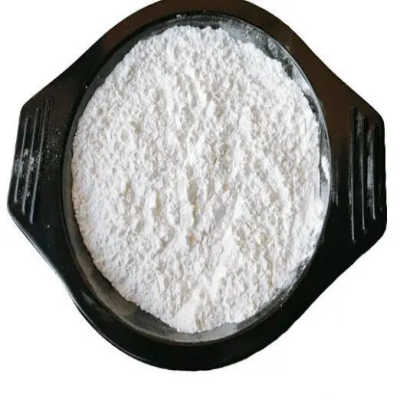
1,1μ-Bis(di-cyclohexylphosphino)ferrocene palladium dichloride CAS:917511-90-1
1,1′-Bis(di-cyclohexylphosphino)ferrocene palladium dichloride is a coordination complex comprising a central palladium atom bonded to two molecules of 1,1′-bis(di-cyclohexylphosphino)ferrocene and two chloride ions. This compound is notable for its use as a catalyst in various organic synthesis reactions. Its unique structure imparts stability and catalytic activity, facilitating transformations essential in the preparation of organic molecules.

